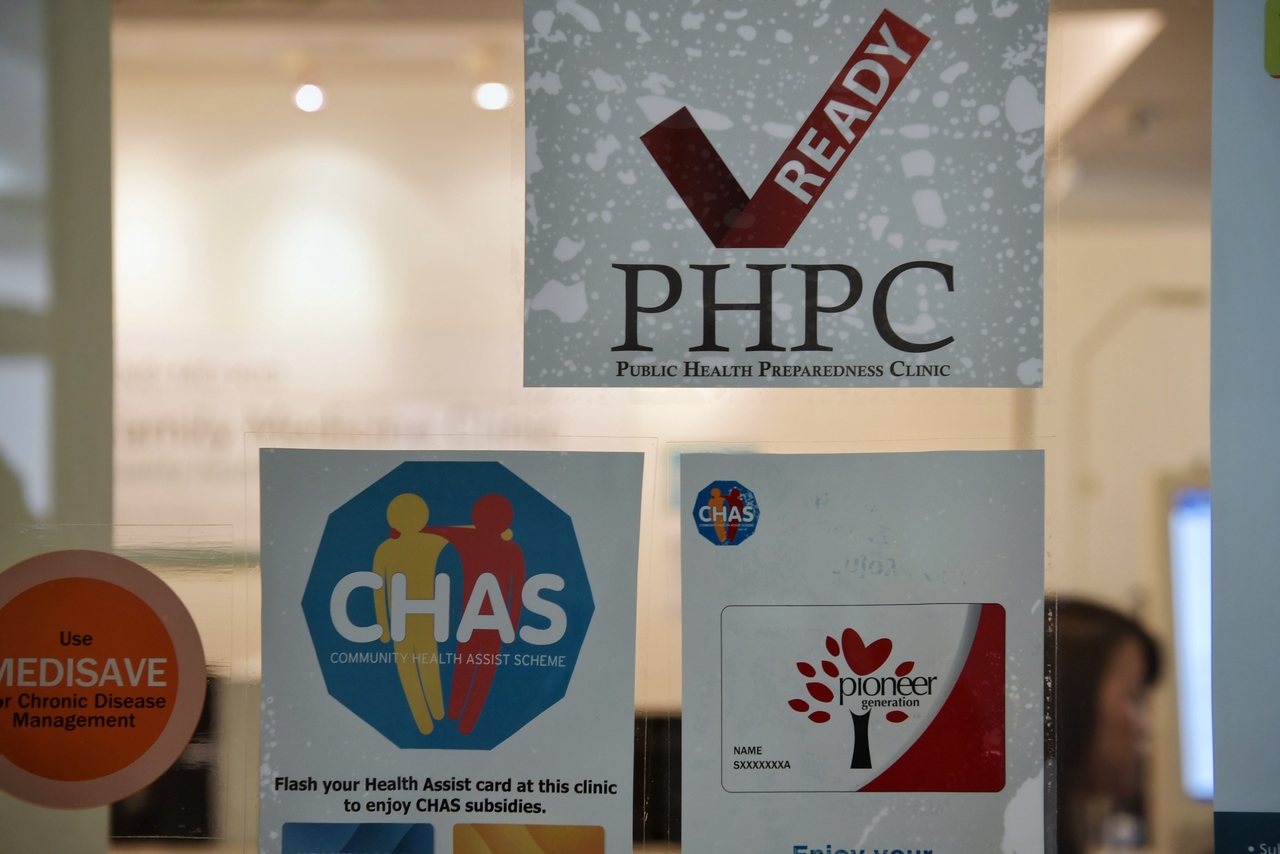Coronavirus: More patients with respiratory symptoms at PHPCs, but some afraid 5-day MC will affect income
Sign up now: Get ST's newsletters delivered to your inbox

Ang Mo Kio Family Medicine Clinic, one of the more than 800 PHPCs activated by the Ministry of Health as of Monday (Feb 24),
ST PHOTO: KUA CHEE SIONG
Timothy Goh
Follow topic:
SINGAPORE - Doctors in some Public Health Preparedness Clinics (PHPCs) here are seeing more patients with respiratory symptoms, nearly one week after such clinics were activated to fight the coronavirus.
As of Monday (Feb 24), the Ministry of Health (MOH) had activated more than 800 PHPCs across the island, where people with respiratory symptoms can receive subsidised treatment and medication.
Citizens and permanent residents pay a flat rate of $10 for consultation and treatment at PHPCs, while Pioneer- and Merdeka-generation Singaporeans pay $5.
Dr Aziz Noordin, a family physician at Tampines Family Medicine Clinic, told The Straits Times that he has seen about 10 to 15 per cent more patients with respiratory symptoms than usual since his clinic was reactivated as a PHPC.
"Most are very concerned that they're having symptoms suggestive of Covid-19," said Dr Aziz, 35.
Dr Alvina Nam, 52, a family physician at Clinic @ Costa, said she now sees about two to three more patients with respiratory symptoms each day - most of whom have very mild symptoms and wish to get tested for the virus.
However, both she and Dr Aziz emphasised that private practitioners are unable to conduct tests for the disease.
Nevertheless, they and other doctors ST spoke to said it is good that more of those who are unwell are getting checked up.
"I think they should come because we never know how many of them are carrying the virus. In the first week, you present with very mild symptoms," said Dr Quah Soon Wee, 36, a family physician at Crossroads Family Clinic.
His clinic had also seen an increase in patients with respiratory symptoms since it was reactivated as a PHPC.
Another reason that more patients might be coming forward is because of the subsidies available at PHPCs, said Dr Kenneth Tan, a family physician at Kenneth Tan Medical Clinic.
He has seen about a 20 per cent increase in patients with respiratory symptoms. "Usually we charge a higher consultation fee... but because of the subsidies, they're coming to see me for their coughs and colds, rather than going to the polyclinics.
"And I think that's the purpose of this scheme, to prevent people from going to crowded polyclinics. So I think it's working out," said Dr Tan, 35.
But he added that not all patients have been enthused about getting five days of medical leave, which the Ministry of Health had earlier advised doctors to give to patients with respiratory symptoms.
"Some patients are from low-income families - they must work to get paid. So there's a very strong pressure on them to say they want one or two days (of medical leave) rather than five days," he said.
As a compromise, he asks patients who want shorter medical leave to come back for a review if they are still unwell afterwards.
Dr Nam said that she has also seen young patients whose parents do not want them to miss too many days of school, or office workers who are afraid their assignments will pile up.
She too directs those who want fewer than five days' medical leave to come back for a review when their leave is up.
"I think it's my responsibility to make sure they don't just try to stifle some cough and go back to work," she said.

